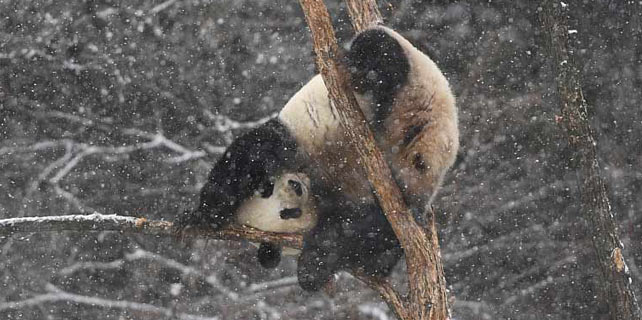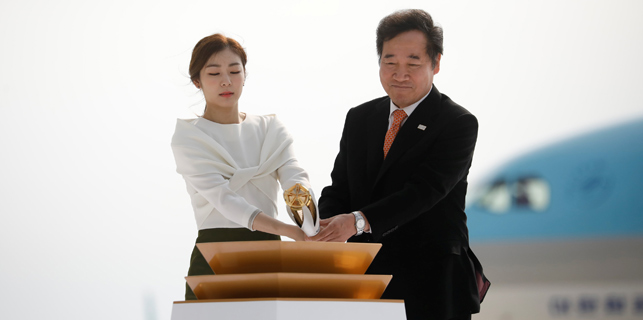US fundraisers help boost Tibetan healthcare quality
Staring at a large thangka of Potala Palace hanging on the wall of the north stairwell of the Boulder Municipal Building in the United States, Bill Warnock paused for a moment before talking, plainly overcome by his thoughts.
"This thangka was given to the people of Boulder in 1987 by the mayor of Lhasa," said the president of the Boulder-Lhasa Sister City Project. Thangka is the traditional Tibetan art of cloth painting.
Boulder, the Tibet autonomous region's only sister city in the US, sits at the base of the foothills of the Rocky Mountains in Colorado, about 40 kilometers northwest of the state capital, Denver.
"During my first trip in 1988, I was impressed by the friendliness, compassion and appreciation of the Tibetan people," Warnock said. "This motivated me to develop and implement many exchanges, particularly to help Tibetans in rural Lhasa in healthcare and solar electricity."
Established in 1986, the sister city project has contributed to the development of Lhasa and other areas in Tibet through exchanges in healthcare, education, environmental protection, and culture and art.
Warnock has visited Tibet 22 times since 1988, including 17 journeys to Lhasa and five to Tibetan areas in Sichuan province, and said he has witnessed many changes.
"Lhasa and the surrounding rural areas have become much more developed over the past 30 years," he said.
Showing a picture of the obstetrics-gynecology ward at Lhasa People's Hospital in 1990, Warnock said he was surprised by how much the hospital had changed.
"It was an old building," he said. "Having led so many healthcare delegations to Lhasa, I have seen tremendous changes at the Lhasa hospital. During our exchanges in 1991 to 1993, the hospital workers performed well, but they were limited by their facilities. When we conducted a training exchange there in 2010, the hospital had been completely rebuilt with modern facilities through funding from Jiangsu province."
The sister city project has launched eight initiatives in Lhasa and one in Sichuan. Most of the funding came from residents in Boulder and elsewhere in the US, as well as people in other countries.
"We advertise our fundraising drives through our website, emails, texts, phone calls, and occasional dinners. A significant amount of support has come from in-kind contributions and through partnership with other organizations," Warnock said, emphasizing that the sister city project receives support from the local community and Boulder City Council.
Shaun McGrath, former mayor of Boulder, described his visit to Lhasa in 2008 on invitation from the Tibetan city's mayor as "a wonderful experience".
"It's a beautiful city with a wonderfully deep Buddhist culture. It's a nice mix of old and new," he said, noting that sister city partnerships are meant to build close relationships across nations.
He praised the Boulder-Lhasa Sister City Project as a group that is active and continues to further relationships between the cities.
Lisa Morzel, a member of Boulder City Council, said: "Warnock has done incredible service. We are proud to be the sister city of Lhasa, and we are happy to learn more about its people and culture. We hope this will lead to more cultural exchanges."
Warnock will set off on his 23rd trip this month for an student MRI project, for which the sister city project has raised $30,000 from 79 individuals, foundations and corporations. It will see 45 Tibetan primary school students with cysticercosis, a dangerous and highly prevalent parasitic disease, travel to Xichang in Sichuan for MRI brain scans.
"I keep working every year to help Tibetan people improve their medical condition. I have paid for most of my trips to China from my own funds because it's hard enough to raise funds for the healthcare," Warnock said.
"I'm excited about this latest project. I've not met any of the 45 kids, but I think it's going to be a big chance for them to have a successful future."
Xinhua









